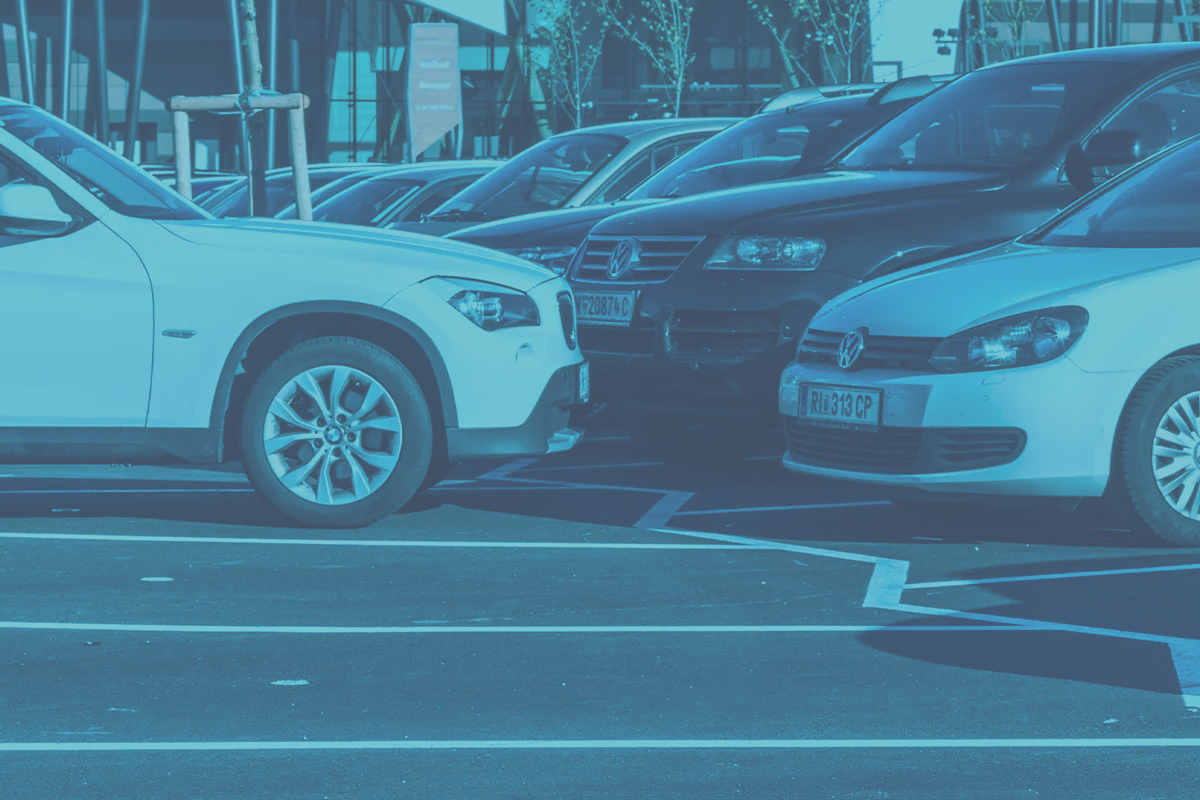In the constant search for solutions to improve efficiency and convenience in our daily lives, smart sensor technology has addressed one of the most frustrating challenges in urban environments: finding a parking spot. This innovation is revolutionizing the way we tackle this problem by offering an innovative approach to optimize the process of parking in congested areas.
This development not only provides a solution to the daunting task of finding parking but also promotes sustainable mobility by reducing the time it takes to find a spot. Some 30% of emissions in cities are caused by traffic shuffling. The technology therefore reduces polluting gas emissions and improves air quality in cities.
How smart sensors work
Smart parking sensors use a variety of technologies, such as magnetic detection, cameras, infra-red, ultrasound, and radar, to locate available parking spots in real time. These detection devices are strategically located and are connected to a centralized system (platform) that collects and processes the data.
When a car occupies or vacates a spot, sensors pick up these changes and send the information to the platform. Using advanced algorithms and real-time data processing, the system determines spot availability and informs drivers via information boards or mobile applications.

Urban parking guidance
Benefits of smart parking sensors
Shorter search time
With the introduction of smart parking sensors, finding a parking spot in urban environments is becoming a much more manageable and efficient task. The smart sensors, strategically placed in the parking areas, produce real-time data on parking spot availability. These data are sent to central systems that process the information and make it available to drivers via mobile applications or street signs.
This ability to access accurate and up-to-date data on where there are free parking spots allows drivers to go straight to them, drastically reducing the time that would normally be spent driving around looking for a spot.
This shorter search time also has a direct impact on traffic congestion. Fewer drivers looking for parking means fewer vehicles on the streets, which in turn decreases the likelihood of traffic jams and congestion. Less traffic also leads to a reduction in polluting emissions. The unnecessary burning of fuel due to the prolonged search for parking is a significant contributor to air pollution and climate change.
Data for parking management
The detailed information provided by the sensors allows city managers and planners to make informed decisions on how to allocate parking spots more efficiently. Parking lots can be redesigned, eliminating unused spaces and making the most of every square meter.
By allowing more vehicles to park in the same area, smart sensors contribute to parking lot profitability by making the best use of existing capacity. From an environmental perspective, allocating parking spaces to underutilized green areas helps preserve green spaces and reduces pressure on natural resources.
Better user experience
The anxiety of not knowing if there will be spots available, the time wasted in circling around looking for a spot, and the chance of being late for an appointment can be a source of worry and exhaustion. Smart sensors provide an effective solution by providing accurate and up-to-date real-time information on spot availability. This anticipation eliminates uncertainty and allows drivers to plan their arrival with confidence, knowing that a spot is available.
By knowing this in advance, drivers can go straight there instead of wasting time searching. This not only boosts punctuality but also contributes to a more relaxed and enjoyable driving experience. Less time spent looking for parking means less traffic congestion and smoother traffic flow on the streets. This not only benefits drivers but also contributes to the quality of life in cities by reducing noise and air pollution caused by vehicles constantly on the move in search of parking spots.
Promoting sustainable mobility
This technology is playing a crucial role in promoting more sustainable modes of transportation and has a direct impact on reducing pollution and improving air quality in urban environments.
Knowing the availability of parking spots encourages the use of alternative transportation, so drivers do not rely exclusively on their private vehicles. This reduces congestion and emissions in situations where finding parking can be difficult. Promoting more sustainable modes of transportation not only has a beneficial effect on residents’ health but also helps to mitigate climate change.
Adoption and implementation of smart parking sensors
The adoption of smart parking sensors is on the rise worldwide. Cities such as Las Palmas, Opole, Doha, Hobart, and Skandeborg have successfully implemented such systems to address parking challenges.
This often requires an initial investment in infrastructure and technology, although the long-term benefits are significant. Reducing traffic congestion, improving urban mobility, and creating a more pleasant parking experience are factors that justify these investments.
In conclusion, smart parking sensors are changing the way we face the challenge of finding a parking spot in congested urban environments. Their operation based on advanced technologies offers a number of benefits, from reducing search time and promoting sustainable mobility to controlling the use of parking spots regulated for loading and unloading, spots reserved for people with reduced mobility, or free parking for a limited time, among many other. As more cities and companies adopt this technology, it is clear that smart sensors are playing a crucial role in improving the quality of life in modern urban areas.